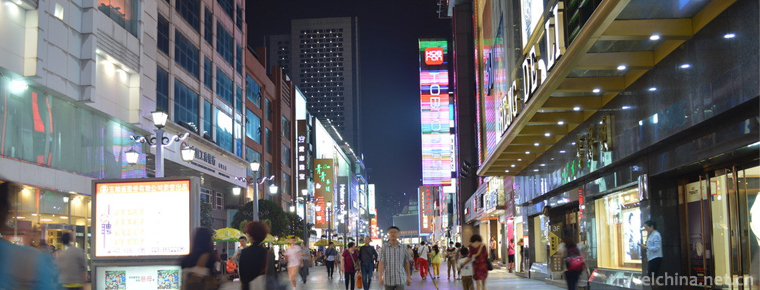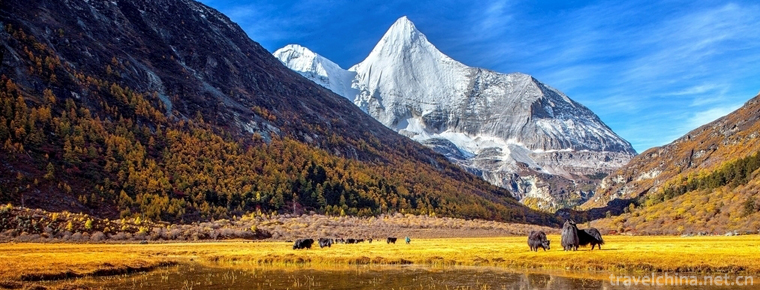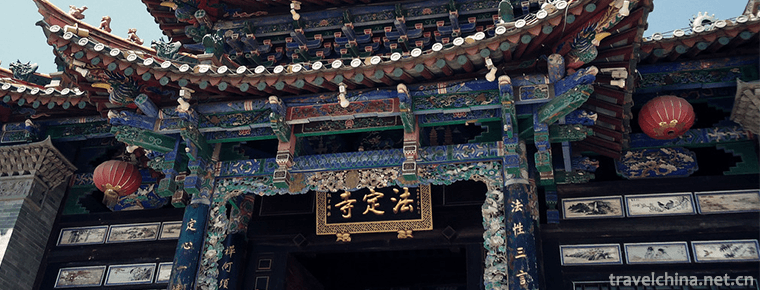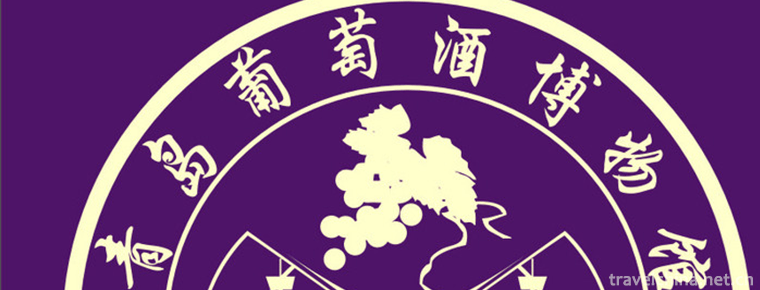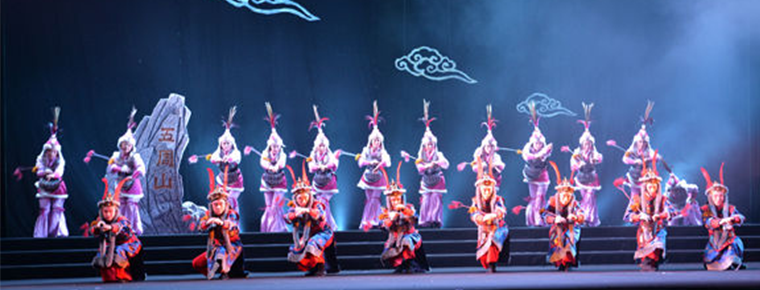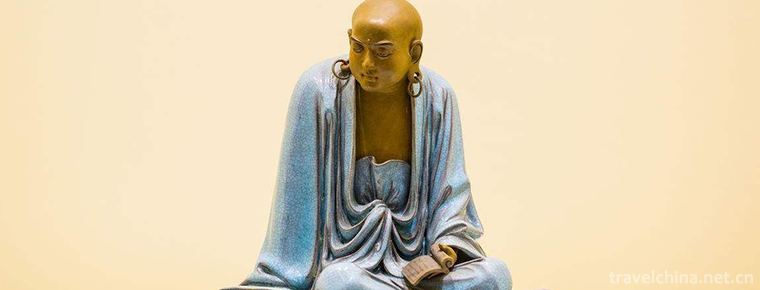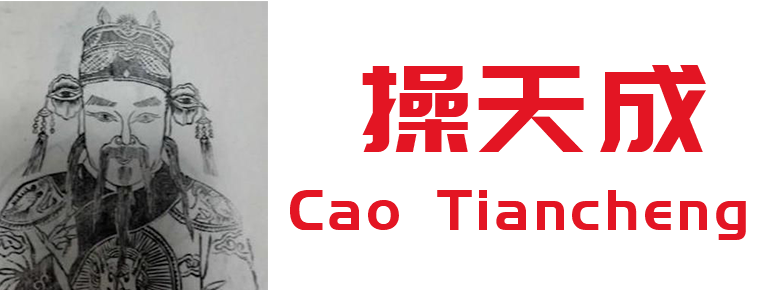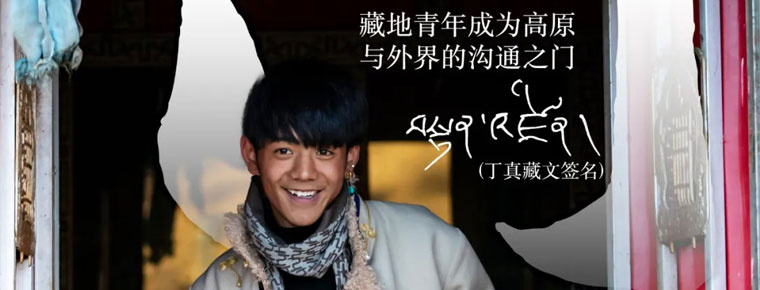Mongolian Horse Tool Making Skills
Mongolian Horse Tool Making Skills
The Mongolian horse harness making technique is a handicraft in Horqin left-wing Houqi area of Inner Mongolia Autonomous Region. The production technology of horseback is accompanied by the "horseback nation" from ancient times to today. Kezuo Houqi Horse Flag is a kind of handicraftsman's harness, which has outstanding characteristics compared with saddles made by other nationalities and regions, such as excellent production technology, exquisite materials, gorgeous decoration and comfortable use. For example, Anqiao is made from the root of willow or elm trees over 100 years old in Horqin sandy land, which is beautiful and durable. Horse bridges, whips, pigtails, carriages and horsewear are made of bristles, leather, canvas, jades, metals, etc. Its production involves woodworking tools, blacksmith tools, cobbler tools, embroidery tools and other tools. Therefore, it is a Mongolian folk handicraft that integrates woodworking technology, metal technology, embroidery technology and leather weaving technology.
On June 7, 2008, Mongolian horse harness making skills were approved by the State Council and included in the second batch of national intangible cultural heritage list.
Technical history
Agwan was born in 1914 in Baoshao Dai, Baoshao, Sumu, Sumu, Bayin, Bali, Gacha, a herdsman named Baoer Aoheng. Agwan has the artistic talent of painting since he was a child. He can paint some landscapes, trees, cattle and sheep from the age of 5. As a child, Agwan became a Lama in the Yangqun Temple of Zhenglan Banner. He was attracted by the various Buddha statues in the temple and the decorative patterns of algae wells on the walls. As a teacher, Baia Ran Jin Basan Bao often painted on hemp paper or wood panels coated with grease and ash. He quickly mastered the skills of engraving and sculpture. At the age of 13, he painted the portraits of White Tiger God, Shouxing and Maolong monk. A comic strip of Return of Grace. When he was 17 years old, he made props and costumes for religious dance for Naraoban Temple, which was praised by people. During the Lama period of Beizi Temple in Xilinhot, Agwan's Buddhist statues, paintings, sculptures, pastes and other artistic works and patterns were widely used in the daily production and life of the Mongolian people. They were welcomed by herdsmen and respected as "Chahar painters". In 1943, Agwan went to Zhangjiakou to attend a training course in painting art, and learned modern painting art from Daxi, Japan, so as to raise his traditional national art creation to a new level.
Kezuo Houqi took the protection of intangible cultural heritage as an important work, approved the establishment of intangible cultural heritage protection center, and gradually changed from salvage protection to productive protection in the past. The center has built 300 square meters of cultural exhibition hall of horse tools in Daqinggou Tourist Area. More than 50 saddles have been made, and Mongolian horse tools making skills of the national intangible cultural heritage protection project have been displayed to tourists. The picture shows the national representative inheritor of Mongolian horse harness making skills of the national intangible cultural heritage, Tangdun Baiyi, leading his apprentices to make horse harness .
folk culture
In order to better protect the national folk cultural heritage, Shanghai temple has increased its investment in non-material heritage work, encouraged and supported the representative inheritors of intangible cultural heritage to take apprenticeships, train and study, organize relevant non-material materials, exhibitions and exhibitions, and subsidize the old folk artists living in difficulties. The non-material heritage protection base of Gacha village has been established in Shanghai temple town.
Develop the training of inheritors of intangible culture. Every Gacha organizes activities such as Camel Festival on February 2nd of the lunar calendar, horseback making performance of Mongolian people in Ordos, folk song performance of the long tune of the former flag of Etok and Nadam Mu. Through singing, performing and exhibiting, the ethnic cultural life of farmers and herdsmen is enriched, and an active, healthy and civilized amateur activity atmosphere is created.
These 140 intangible cultural heritages are as follows: 11 items of folk literature, including congratulations, Wang Zhaojun's legends, Gadamelin and so on; 22 items of folk music, including mountain climbing tune, diffuse tune and mouth spring; 12 items of folk dances, including Hutu Geqin, Naoge, Chama, Yuzi dance; 5 items of traditional drama, including shadow play, Northeast Duet al-Rotation; 5 items of opera, including Haolaibao, octagonal drum, etc. 16 acrobatics and competitions, including Ariga on ice, Mongolian chess, Mongolian camel racing; 7 folk arts, including Mongolian patterns, and paper-cut Helinger; 12 traditional handicraft techniques, including Mongolian Horseware making skills, Mongolian yurts; 4 traditional medicine, including Mongolian medicine; 46 folk customs, including Mongolian costumes, cheating Ma banquet, etc.
Skill honors
At the closing party, the Organizing Committee of the first China intangible cultural heritage exposition awarded the "Excellent Organizational Award", "Exhibits Award" and "Heritage Exhibition Memorial Award" to the exhibitors and successors. Among them, 32 "Excellent Organizational Awards" were awarded to the cultural bureaus of 31 provinces, autonomous regions and municipalities directly under the Central Government and the cultural bureaus of Xinjiang Production and Construction Corps. "Exhibits Award" includes Gold Award, Silver Award and Bronze Award, Weifang kite making skills "dragon head centipede", "Beijing lacquer carving skills" hall hanging screen, Inner Mongolian horsewear production skills "saddle" and other 37 Works won the Gold Award, Shandong Lu embroidery hair silk embroidery "magpie autumn color", Xinjiang Uygur musical instrument production skills "Caron" and other 84 works won the Silver Award, Tibet Tibet Tibet Tibet Tibet. 69 works such as "Zhigong Zangxiang" won bronze prize. The "Heritage Exhibition Memorial Award" was awarded to 277 inheritors of intangible cultural heritage who participated in the Expo.
Inheritor
There is a "horse idiot" in Duolun County, Inner Mongolia. His name is Ma Dongsheng. He not only loves horses as expected, but also builds debts because of his collection of horses.
Although Ma Dongsheng has known his destiny, he looks steady, honest and quiet, while he and his horseback museum are a cultural card of Duolun County.
Duolun became a commercial port in Monan and a holy place of Tibetan Buddhism because of the alliance of Kangxi and the building of Huizong Temple. The imprint of history can still be found in today's streets and alleys. Ma Dongsheng's Horse Tool Museum is a trade name built at the same time with Huizong Temple. Though it has gone through 300 years of vicissitudes and lost its grace and nobility, it is simple and magnificent. It is integrated with the horses of different dynasties, which are scattered in it, and together releases the rugged, bold and galloping cultural atmosphere of the northern nomadic peoples.
Ma Dongsheng's Toronto Horseware Museum has only been registered with the Cultural Heritage Bureau of Inner Mongolia Autonomous Region for three years, but he has spent almost half his life on the dream of the Horseware Museum.
Ma Dongsheng is a Muslim, and his ancestors did business in Toronto. Muslims love horses as much as Mongolians. Ma Dongsheng's ancestors were good at training, pressing and pedaling horses while doing business. At that time, every household raised horses, and every household also had harnesses. Horses and harnesses naturally merged into people's daily life, which did not show much importance. However, when horses and people's lives are getting farther and farther away, the harness and its culture are becoming more and more precious. Ma Dongsheng suddenly felt a historical burden on his shoulders. From that moment on, he regarded the collection of saddles as a cultural responsibility. He gathered sand into towers and armpits into furs. He insisted on earning more than 300 saddles and more than 3000 different kinds of harnesses in different historical periods. It is said that it is easy to collect a set of saddles, but rather difficult to collect a set of saddles, because a complete set of saddles includes stirrups, sticks, whips, horses and other hundreds of decorations.
Historically, Toronto was not only a trading market for various famous horses, but also a production base for horses. In its heyday, there were more than 50 workshops and more than 30 famous products for processing saddles in Toronto. Most of the craftsmen who made saddles in Toronto were descended from their ancestors. They made saddles with exquisite craftsmanship, beautiful appearance, durability and comfortable ride. Some people have done experiments. First they put a piece of hemp paper on the horse's back, then they put saddles from Toronto's craftsmen'hands on the horse and galloped along. When the saddles were unloaded, the hemp paper was as good as before.
Although Ma Dongsheng is not good at words, he talks about Toronto's saddle production and the culture it contains. He put up a saddle, and the three big characters "Tianxing" on the left saddle board were striking. He said it was equivalent to today's trademark. With the passage of time and the changes of society, the once brilliant saddle making technology of Toronto is almost lost. Only 67-year-old craftsman Zhao Xiuwen and a few others are still persistent.
Ma Dongsheng's collection contains two saddles related to Qing emperors and Tibetan Buddhism, which are rare treasures. The saddle in the early years was made of iron and gold. From the analysis of the pattern of the front bridge, it was used by the emperor when he inspected the army or went out for battle. The front bridge was decorated with twigs and stripes, and was magnificent, with Falun in the middle, two abstract deer on both sides and Erlong Dragon Drama Pearl below. In the early Qing Dynasty, wars were frequent, and the emperor often drove his own expedition. This saddle implied that Buddha blessed the emperor to go on a safe and auspicious expedition. It may be a tribute offered by Buddhist monks. The other saddle is also a tribute, but its workmanship and implication are slightly different. The silver gold front bridge decoration is inlaid with two vivid golden dragons. Each dragon claw holds a Tibetan Buddhist magic weapon. Between the two dragon mouths is a vivid vase, changing the "two dragon opera jewelry" into "two dragon opera jewelry". Bottle metaphor "Buddhism is deep and strong, gathering happiness and wisdom is complete and sufficient, such as a vase without leakage". This kind of rich Tibetan Buddhist culture is embodied in a unique design and production on a saddle front bridge, which can be regarded as a fine product.
If politics, military affairs and religion can be read in the saddles mentioned above, then the saddles used by ordinary herdsmen reflect beliefs, totems, wisdom, piety and life. In Ma Dongsheng's collection, there is a unique saddle, which is neither inlaid with gold nor silver. Its uniqueness lies in that the front bridge is a vivid wolf's head. Painting, carving, carving and dyeing are all done by herdsmen, which is an intuitive reflection of herdsmen's psychology and a true portrayal of herdsmen's life.
Ma Dongsheng's stirrups also release rich historical and cultural information. In Liao Dynasty, wars were frequent, and defeat and captivity were common. Ma Dongsheng's collection includes several bronze bamboo stirrups of Liao Dynasty, which implies that "no matter defeated or captured, they should be as respectful as bamboo, but can not be changed".
Ma Dongsheng has one big ambition: to build the largest and most complete Museum of horse harness in China. For this dream, he lived a very hard and difficult life. His and his wife's salaries of nearly 10,000 yuan a month are mostly used to pay high interest on the debts they incurred from collecting harness. But he lived happily, and his efforts and efforts were recognized by the Duolun County Committee and the county government. The cultural industry park under construction has planned a 3,000 square meters horseback Museum for him. He said that with the completion of the new pavilion, the realization of the dream is just around the corner.

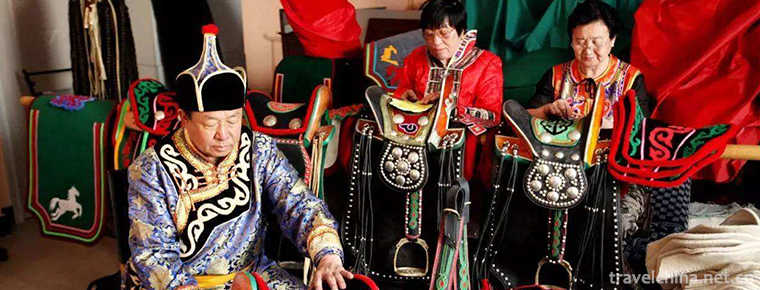
-
Chunxi Road
Jinjiang District Chunxi Road street, Chengdu, Sichuan, China.
Views: 98 Time 2018-10-02 -
Daocheng County
Daocheng county is located in the southwestern edge of Sichuan Province, south of Ganzi. Located in the southeast of the Qinghai Tibet Plateau, the eastern side of Hengduan Mountains..
Views: 100 Time 2018-10-12 -
Ancient town of Guandu
Guandu Town, located in the Southeastern Suburb of Kunming, is one of the famous historical and cultural ancient towns in Kunming. Guandu ancient town gate (big archway) is located in the southeastern.
Views: 136 Time 2019-01-13 -
Qingdao Wine Museum
Qingdao Wine Museum is located at No. 68 Yan'an Road, North District of Qingdao City. It is an underground museum with popular science education, collection and display.
Views: 183 Time 2019-02-07 -
Huanglong drama
Huanglong Opera, a local traditional drama in Nong'an County, Jilin Province, is one of the national intangible cultural heritage..
Views: 117 Time 2019-05-04 -
Running curtain
Running curtain originated in the Spring and Autumn Period and Warring States Period, formed in the Qin and Han Dynasties, flourished in the Song, Yuan, Ming, Qing Dynasty and the early Republic of Ch.
Views: 332 Time 2019-06-09 -
She Nationality Medicine
She medicine is mainly distributed in Jingning She Autonomous County of Zhejiang Province and in some mountainous areas of Fujian and Jiangxi provinces. She nationality has no written language and is .
Views: 127 Time 2019-06-14 -
Shiwan Ceramic Sculpture Technology
Shiwan pottery sculpture has a long history. It first appeared in the Eastern Han Dynasty. It reached its peak in the Song Dynasty. After the founding of New China, the manufacturing level and artisti.
Views: 135 Time 2019-06-15 -
Cao Tiancheng
Cao Tian Cheng, Sui Dynasty people. According to the history of Sui Dynasty in the twenty four histories, Cao Tian is also known as "Tiancheng". Ask for advice Bo Yang, Jiangxi. At the end o.
Views: 203 Time 2019-09-14 -
About Ding Zhen Video
In November 11th CCTV news and Oriental tiktok were put on a short video of the tremble. Ding Zhen, the "sweet boy" in the video, triggered a phenomenal network event with a transmission volume of more than 5 billion times. At the same time,.
Views: 136 Time 2020-12-06 -
Climate in Guangan
Guang'an City belongs to the humid monsoon climate zone of middle subtropical zone, with mild climate and suitable for agriculture in four seasons. In summer, it is affected by the Pacific subtropical high, the Qinghai Tibet high, the plateau fluctuation, and the southwest w.
Views: 181 Time 2020-12-19 -
Tertiary industry in Guangan
In 2019, the total retail sales of social consumer goods in Guang'an will reach 55.4 billion yuan, an increase of 10.8%. By industry, the retail sales of wholesale, retail, accommodation and catering industries were 7.2 billion yuan, 39.27 billion yuan, 1.23 billi.
Views: 280 Time 2020-12-19
